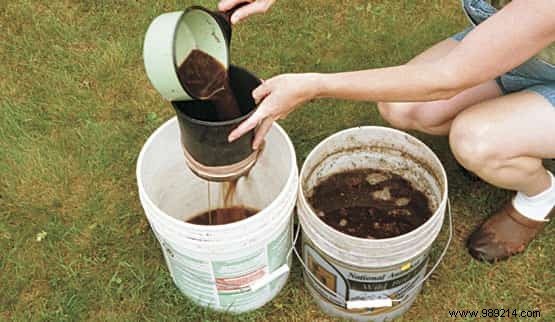
I don't like the idea of having to add chemicals in my vegetable garden.
Do you also grow your own vegetables?
So you surely don't want to eat toxic-boosted vegetables, do you?
Not to mention the financial aspect which is significant for this kind of product.
So why not make your own natural fertilizers for your garden, instead of buying harmful and expensive products?
Here are the 7 best do-it-yourself fertilizers.
Do not worry ! It's easy, profitable and healthier for the whole family.
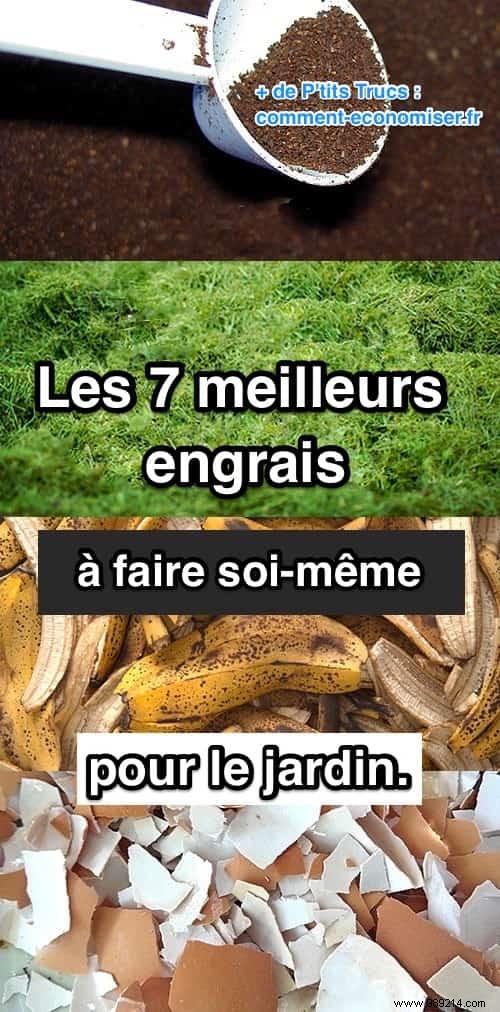
Basically, plants only need 3 main nutrients to thrive:N.P.K i.e. Nitrogen (N), Phosphorus (P) and Potassium (K).
Nitrogen is needed for the growth of leaves and green stems, phosphorus for flowers and fruits, and potassium for plant health.
But plants also need micronutrients. Some of them include magnesium, calcium and sulfur.
Now that you know how it works, here are the 7 best natural garden fertilizers that you can easily make yourself.
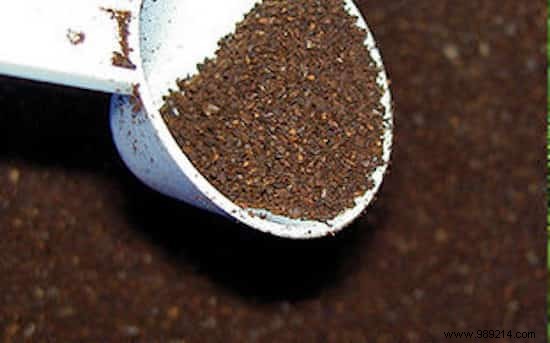
Coffee grounds are a natural fertilizer that not only adds nitrogen to poor soil, but also increases soil acidity.
It is particularly appreciated by roses, hydrangeas, magnolias and rhododendrons.
You can add up to 25% coffee grounds to the soil at the base of the plants. It also improves the organic matter in the soil.
Discover 18 uses of coffee grounds here.
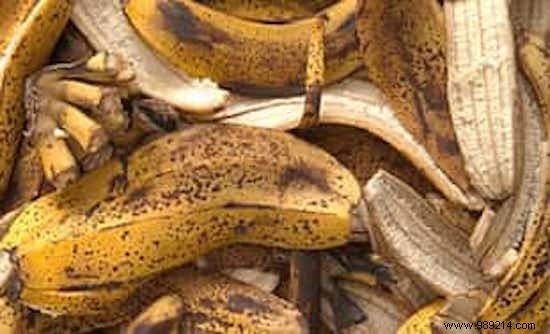
Containing a lot of potassium, phosphorus and calcium, banana peels are perfect for flowering and plant reproduction.
Simply bury a peel in the soil at the base of the plant and let it decompose.
You can also freeze overripe bananas instead of throwing them away. Then bury them next to a needy plant as soon as the need arises.
If you prefer to use a sprayer, steep a banana peel in water for 2-3 days, then use the water to spray plants or seedlings.
Discover 10 uses of banana peels here.
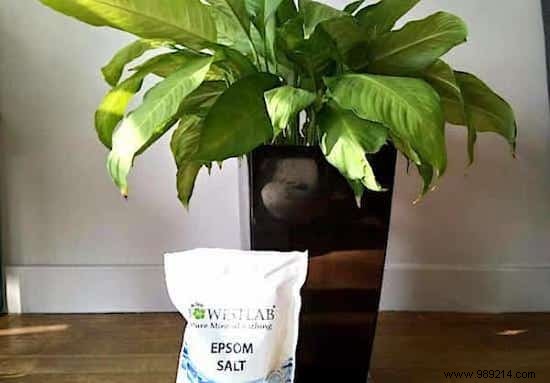
Epsom salt adds magnesium and sulfur to the soil. It is especially good for tomatoes and roses.
Epsom salt water is great for seedlings and also to reduce transplant shock.
Known for giving plants a dark green color, especially on low magnesium soils, this is a quick and easy recipe.
For this, put 1 tablespoon of Epsom salt in 4 liters of water. Use this mix for indoor and outdoor plants.
Epsom salt can also be mixed into the soil around the plants at the rate of 1 tablespoon for every 60cm tall foot and watered in.
Discover 19 uses of Epsom salt here.
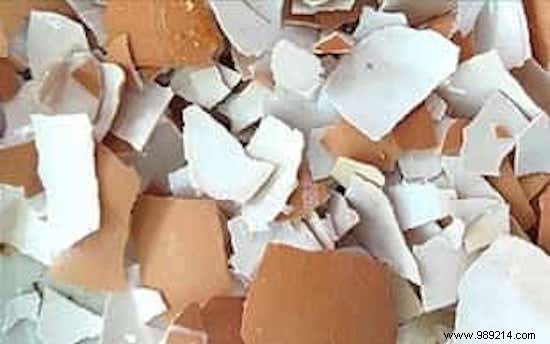
Eggshells are very rich in calcium, which is necessary for good plant growth.
If you've ever had rotting tomato blossoms on your tomato plants, you probably have calcium deficient soil.
To remedy this, crush eggshells and bury them under the surface of the soil.
For better efficiency, you can also use a spray by mixing 20 eggshells and 4 liters of water.
Boil the eggshells in water for a few minutes, then let them steep in the water overnight.
Use a strainer and pour the liquid into a spray bottle. Spray directly on the ground.
Discover 10 uses of eggshells here.
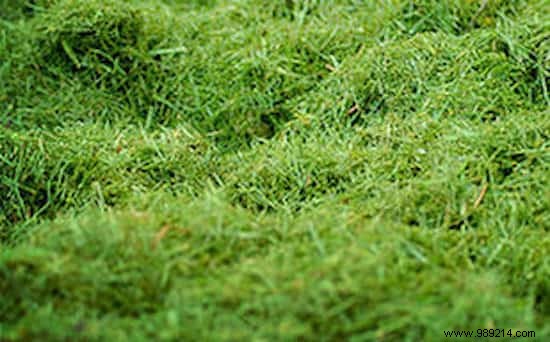
Here's a great way to get high nitrogen fertilizer:use mowed grass.
The recipe is very simple and allows you to recycle the mowed lawn.
Fill a 25 liter bucket with freshly cut grass and cover with water. Let sit for 3-5 days.
Dilute this herbal infusion at the rate of one measure of infusion for 9 of water. Then water your plants.

Made exactly the same way as grass clippings, but with organic compost. Put some organic compost in a bucket and cover it with water. Leave to macerate for 2 or 3 days, then filter.
This results in a much richer liquid with a variety of nutrients, perfect for any plant.
Dilute before use so that it has an amber color (not darker). You can spray it or water the plants in the growth period only.
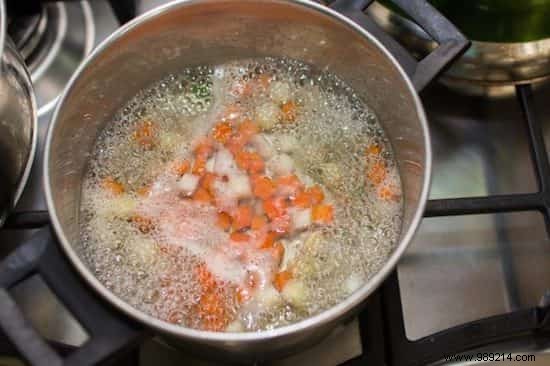
Don't throw away the cooking water from your vegetables! Why?
Because it is rich in nutrients and mineral salts necessary for plant growth.
To do this, simply let the cooking water cool and water your vegetable garden with it. Easy and eco-friendly, right?
Discover 14 ways to reuse cooking water.